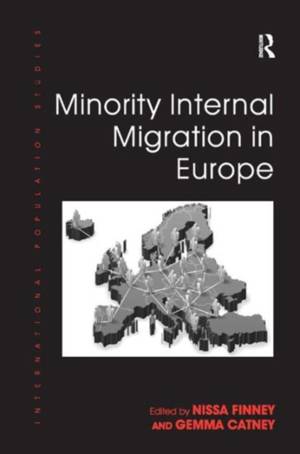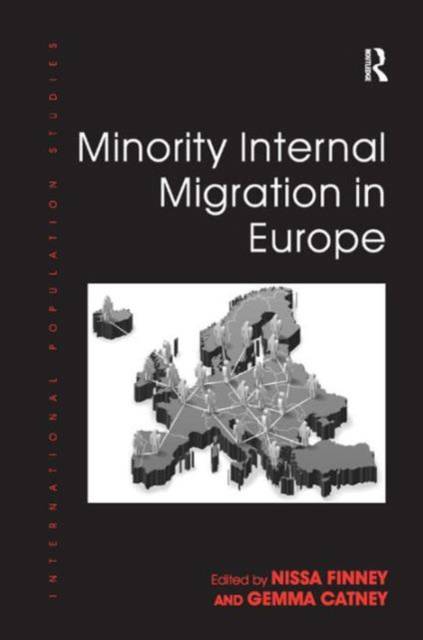
- Afhalen na 1 uur in een winkel met voorraad
- Gratis thuislevering in België vanaf € 30
- Ruim aanbod met 7 miljoen producten
- Afhalen na 1 uur in een winkel met voorraad
- Gratis thuislevering in België vanaf € 30
- Ruim aanbod met 7 miljoen producten
Zoeken
Omschrijving
Immigration is a major component of population change for countries across Europe. However, questions remain about where immigrants go after they arrive in a new country. What are the patterns of internal migration of minorities (immigrants and their descendants), and what are the causes and implications of these flows? Migration within a nation state is a powerful force, redistributing the population and altering the demographic, social and economic composition of regions, cities and neighbourhoods. Yet relatively little is known about the significance of ethnicity in migration processes, or how population movement contributes to immigrant and ethnic integration. Minority internal migration is an emerging field of academic interest in many European countries in the context of high levels of immigration and increased political interest in inter-ethnic relations and place-based policies. This book brings together experts in the fields of migration, ethnicity and diversity from across Europe to examine patterns of residential mobility of minorities, and to synthesise key themes, theories and methods. The analyses presented make important contributions to theories of migration and minority integration and may inform policies that aim to respond to local population change and increasing diversity. The conclusions of the book form an agenda for future research on minority and immigrant internal migration in developed societies.
Specificaties
Betrokkenen
- Auteur(s):
- Uitgeverij:
Inhoud
- Aantal bladzijden:
- 400
- Taal:
- Engels
- Reeks:
Eigenschappen
- Productcode (EAN):
- 9781409431886
- Verschijningsdatum:
- 5/12/2012
- Uitvoering:
- Hardcover
- Formaat:
- Genaaid
- Afmetingen:
- 156 mm x 234 mm
- Gewicht:
- 734 g

Alleen bij Standaard Boekhandel
+ 580 punten op je klantenkaart van Standaard Boekhandel
Beoordelingen
We publiceren alleen reviews die voldoen aan de voorwaarden voor reviews. Bekijk onze voorwaarden voor reviews.











